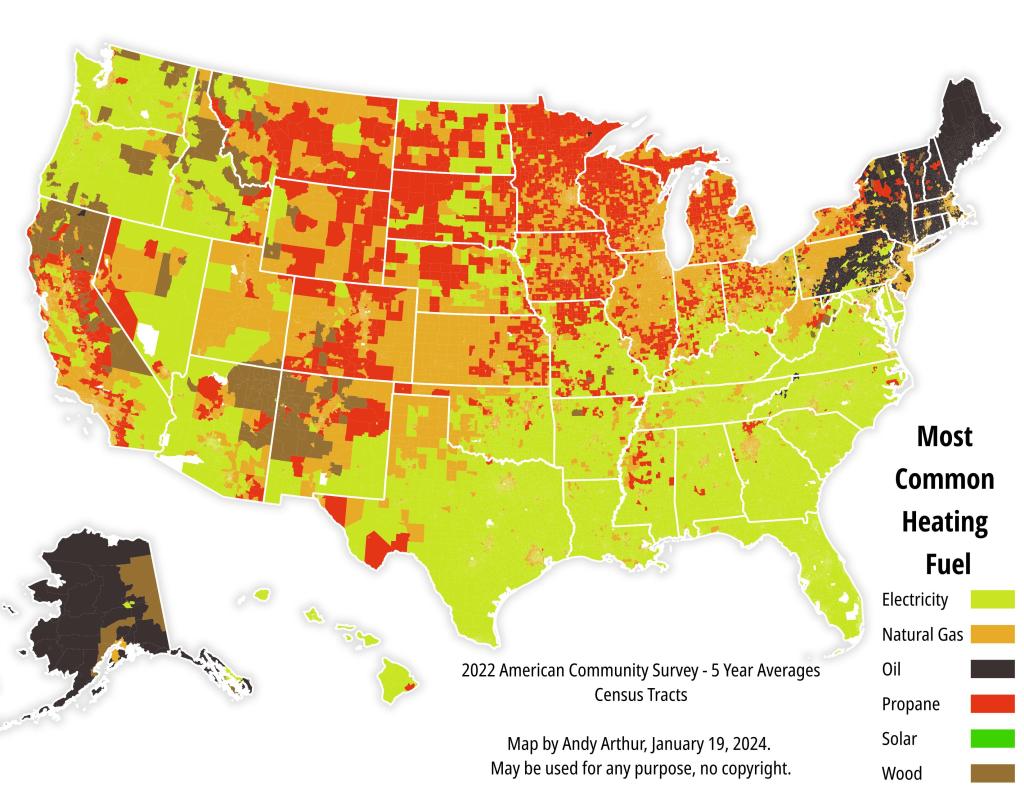The story of Memorial Day begins in the summer of 1865, when a prominent local druggist, Henry C. Welles, mentioned to some of his friends at a social gathering that while praising the living veterans of the Civil War it would be well to remember the patriotic dead by placing flowers on their graves. Nothing resulted from this suggestion until he advanced the idea again the following spring to General John B. Murray. Murray, a civil war hero and intensely patriotic, supported the idea wholeheartedly and marshalled veterans’ support. Plans were developed for a more complete celebration by a local citizens’ committee headed by Welles and Murray.
On May 5, 1866, the Village was decorated with flags at half mast, draped with evergreens and mourning black. Veterans, civic societies and residents, led by General Murray, marched to the strains of martial music to the three village cemeteries. There impressive ceremonies were held and soldiers’ graves decorated. One year later, on May 5, 1867, the ceremonies were repeated. In 1868, Waterloo joined with other communities in holding their observance on May 30th, in accordance with General Logan’s orders. It has been held annually ever since.
Waterloo held the first formal, village wide, annual observance of a day dedicated to honoring the war dead. On March 7, 1966, the State of New York recognized Waterloo by a proclamation signed by Governor Nelson A. Rockefeller. This was followed by recognition from Congress of the United States when the House of Representatives and the Senate unanimously passed House Concurrent Resolution 587 on May 17th and May 19th, 1966 respectively. This reads in part as follows: “Resolved that the Congress of the United States, in recognition of the patriotic tradition set in motion one hundred years ago in the Village of Waterloo, NY, does hereby officially recognize Waterloo, New York as the birthplace of Memorial Day…”
